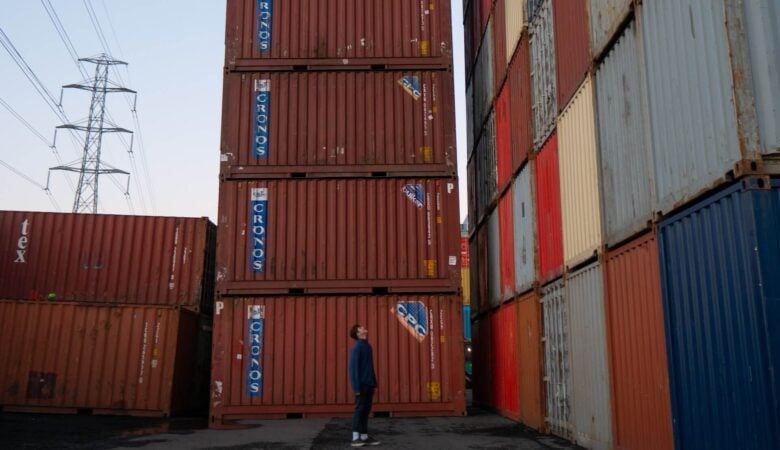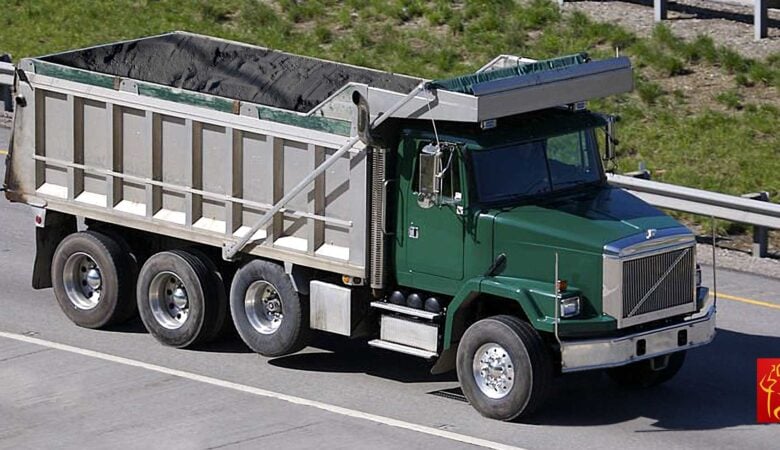Powerful storms that included tornadoes swept through Illinois in early April (2015), leaving a line of devastation in its wake. Perhaps you even saw the viral video of a tractor-trailer being blown over by the wind. Interestingly enough, the tornado being filmed by storm chasers was still a few miles away when winds toppled the truck. It just goes to show how vulnerable trucks are in bad weather. The potential for bad weather dictates that flatbed driver take extra precautions to securing tarps..
Flatbed trailers do have a slight advantage over dry vans and reefer trailers in that their profiles are not as high with most loads. However, an oversize load can be just as prone to high winds as a refer or drive van. And, of course, the tarps used to protect a load are always a concern.

Preparing for Bad Weather
When a driver knows bad weather is imminent, he or she understands the urgency to make sure loads and tarps are well secured. Cargo should have already been properly secured at the shipping yard prior to departure; this is something drivers routinely check before hitting the road. Having said that, it is still a good idea to check that the chocks are in place and that tire chains are tight, prior to driving out into adverse weather conditions.
Insofar as truck tarps are concerned, any air pockets allowing the fabric to move could become a real problem in the event of extraordinarily high winds. Tarps should be readjusted to eliminate air pockets and prevent any material from flapping. A trucker should check his/her tarps within 50 or 60 miles of departure and then with every stop after that.
Rubber straps may be sufficient for securing steel tarps under normal driving and weather conditions. Nevertheless, when the potential of severe weather arises, extra straps might be required for more strength. Likewise, rubber rope could be used around the entire perimeter of lumber tarps to keep everything in place.
The main antagonist for truck tarps in extreme weather conditions is wind. Doing everything possible to make sure wind does not get underneath a tarp is the best thing a trucker can do. Truck tarps should never be secured to the outside of the rub rail. Under normal driving conditions, this allows debris and soot to get in under the tarp. And if debris and soot can get in, so can air. This could prove quite problematic in the event of foul weather.
Applying Better Judgement
Truck drivers should take necessary precautions for securing tarps and cargo in the anticipation of severe weather. However, no tarping system is a substitute for better judgement. An experienced truck driver knows when not to challenge the wrath of adverse weather conditions.
Spring and late summer can be volatile in the Midwest due to the threat of tornadoes. Being mindful of weather forecasts while choosing driving routes is not just wise but potentially lifesaving. In the Northeast and upper Midwest, winter storms can be as violent as severe summer thunderstorms, including whipping winds that could pummel a tractor-trailer on the freeway.
At the end of the day, weather can be unpredictable. It is up to a truck driver to gauge the weather conditions and determine the best way to secure their vehicles appropriately. The goal is to make sure the load makes it to its intended destination with both the cargo and driver unharmed.










